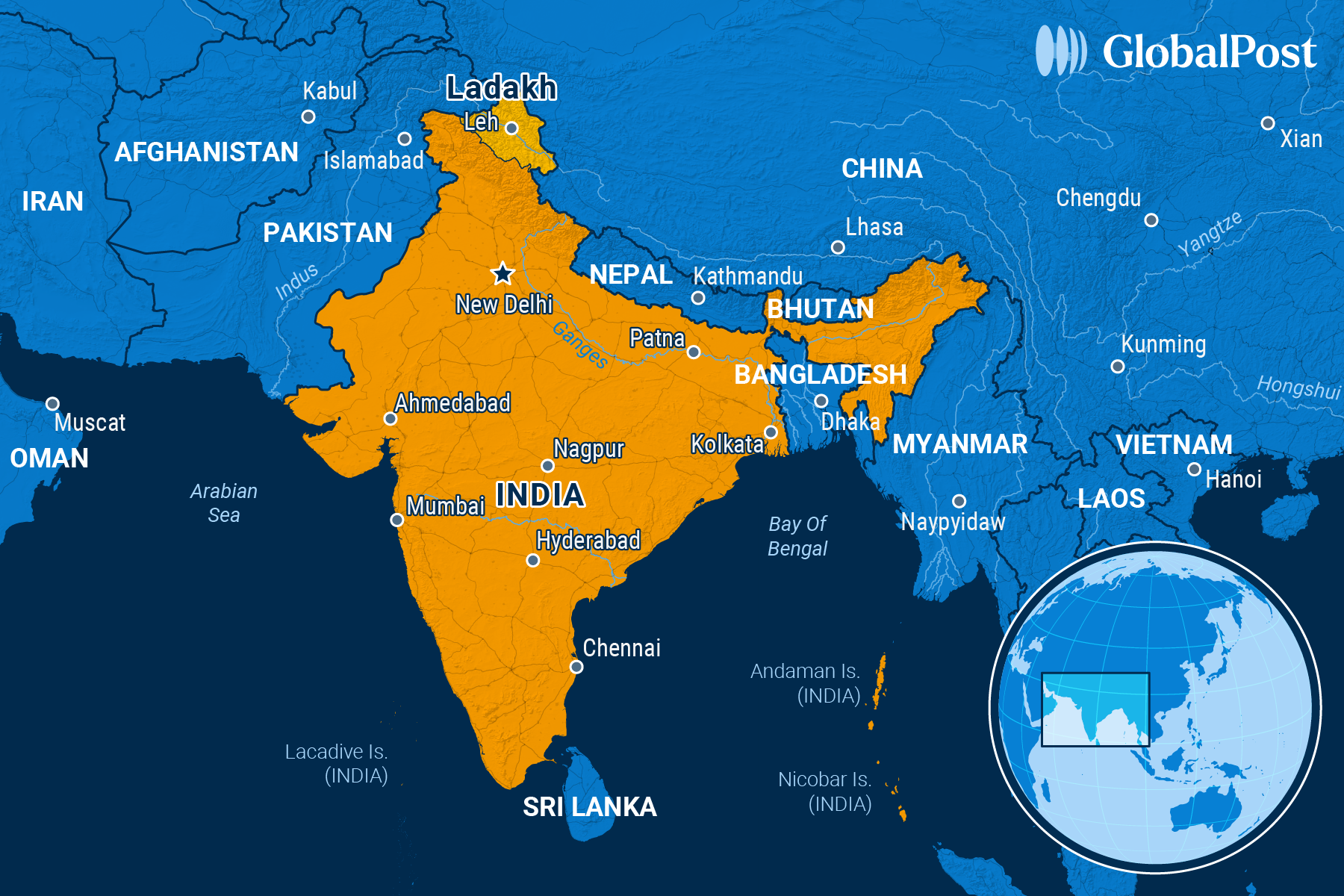Deadly Youth-Led Protests Rock India’s Ladakh region

Indian authorities imposed sweeping security restrictions in the northern Ladakh region on Thursday, a day after deadly, youth-led protests demanding autonomy and constitutional protections shook the remote Himalayan territory, the Associated Press reported.
Officials banned gatherings of more than five people in two districts and imposed a curfew in Leh, the regional capital. Police said at least 40 people were arrested after Wednesday’s unrest, which left four people dead and dozens injured, including police officers.
Violence erupted in Ladakh – a strategic region nestled between India, Pakistan, and China – on Wednesday during a 15-day hunger strike, with demands for greater constitutional safeguards and statehood from India, which has governed the region federally since 2019.
Tensions flared after two participants collapsed, prompting a local group to call for a regional strike. Hundreds later marched toward government offices and the headquarters of India’s ruling Bharatiya Janata Party (BJP) in Leh, where clashes broke out. Protesters set fire to police and paramilitary vehicles, as well as government buildings and the BJP office, Al Jazeera wrote.
It was the deadliest demonstration in Ladakh in decades, with observers saying that it highlighted the growing local resentment against the central government over the self-rule issue.
Ladakh, part of Indian-administered Kashmir, saw its status change in 2019 when New Delhi revoked Kashmir’s semi-autonomous status and split the region into two federally administered territories, namely Jammu and Kashmir, that had a legislature, and Ladakh, that did not.
While many initially welcomed the move, concerns soon grew over land grabs, trade losses, and environmental risks in the fragile high-altitude region. Others objected to the lack of elected local leaders.
Analysts said the clashes were the culmination of years of protests organized by local civic groups to address grievances, including demands for full statehood and protection under the Indian Constitution, which grants autonomy over land, jobs, and resources to Indigenous-majority regions.
Meanwhile, the Indian government blamed local climate activist Songnam Wangchuk, who spearheaded the hunger strike, for the violence, saying he was “misleading the people through his … references to Gen Z protests in Nepal” – referring to the recent youth-led demonstrations that ousted Nepalese Prime Minister KP Sharma Oli earlier this month.
Government officials also alleged that the main opposition Congress Party was behind the violence, claiming it was seeking to instigate similar unrest seen in other Gen Z protests in Indonesia and the Philippines, according to the New Indian Express.
However, Wangchuk countered that he never called for violence, but noted that Wednesday’s demonstrations highlight the growing disillusionment of younger people over the government’s failure to address their concerns, including employment.
Ladakh has a 97 percent literacy rate, which is higher than India’s national average of about 80 percent. Yet, a 2023 survey showed that 26.5 percent of the region’s graduates are unemployed – double the national average.

Subscribe today and GlobalPost will be in your inbox the next weekday morning
Join us today and pay only $46 for an annual subscription, or less than $4 a month for our unique insights into crucial developments on the world stage. It’s by far the best investment you can make to expand your knowledge of the world.
And you get a free two-week trial with no obligation to continue.
